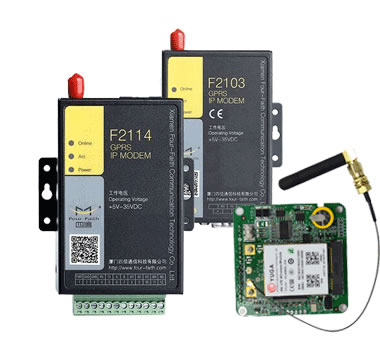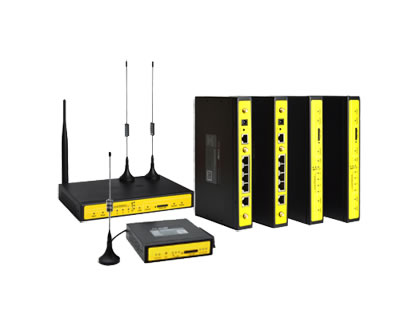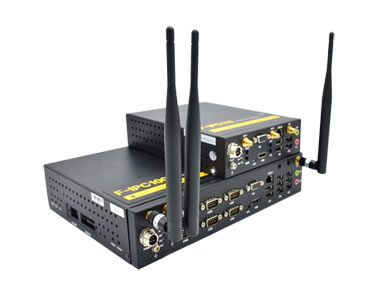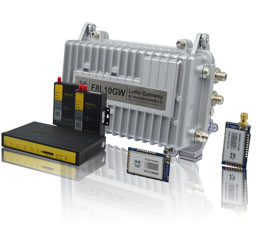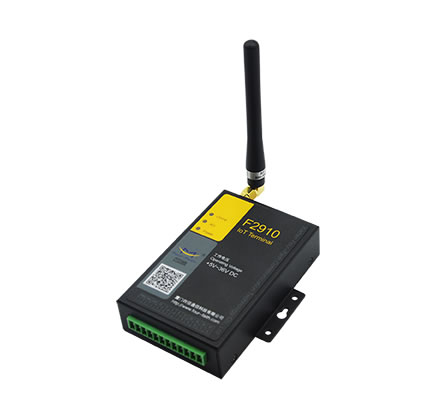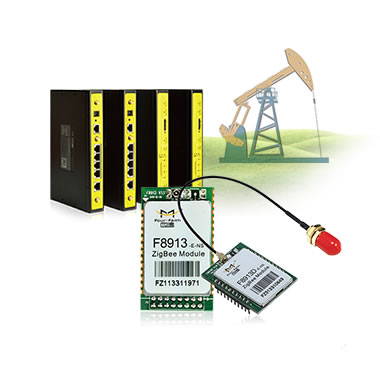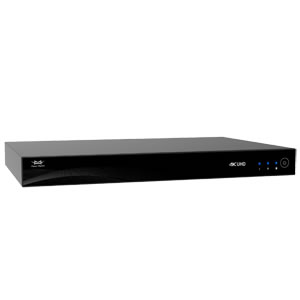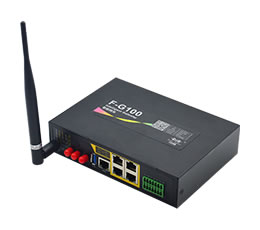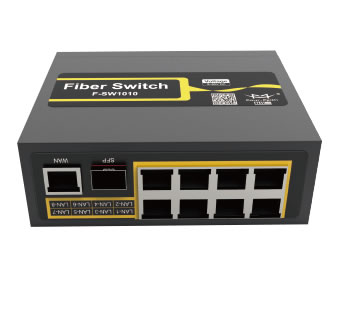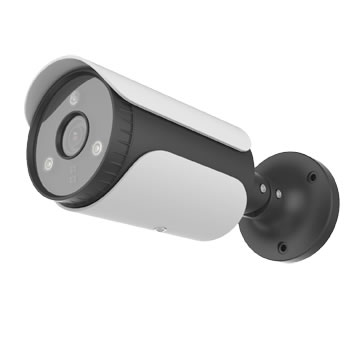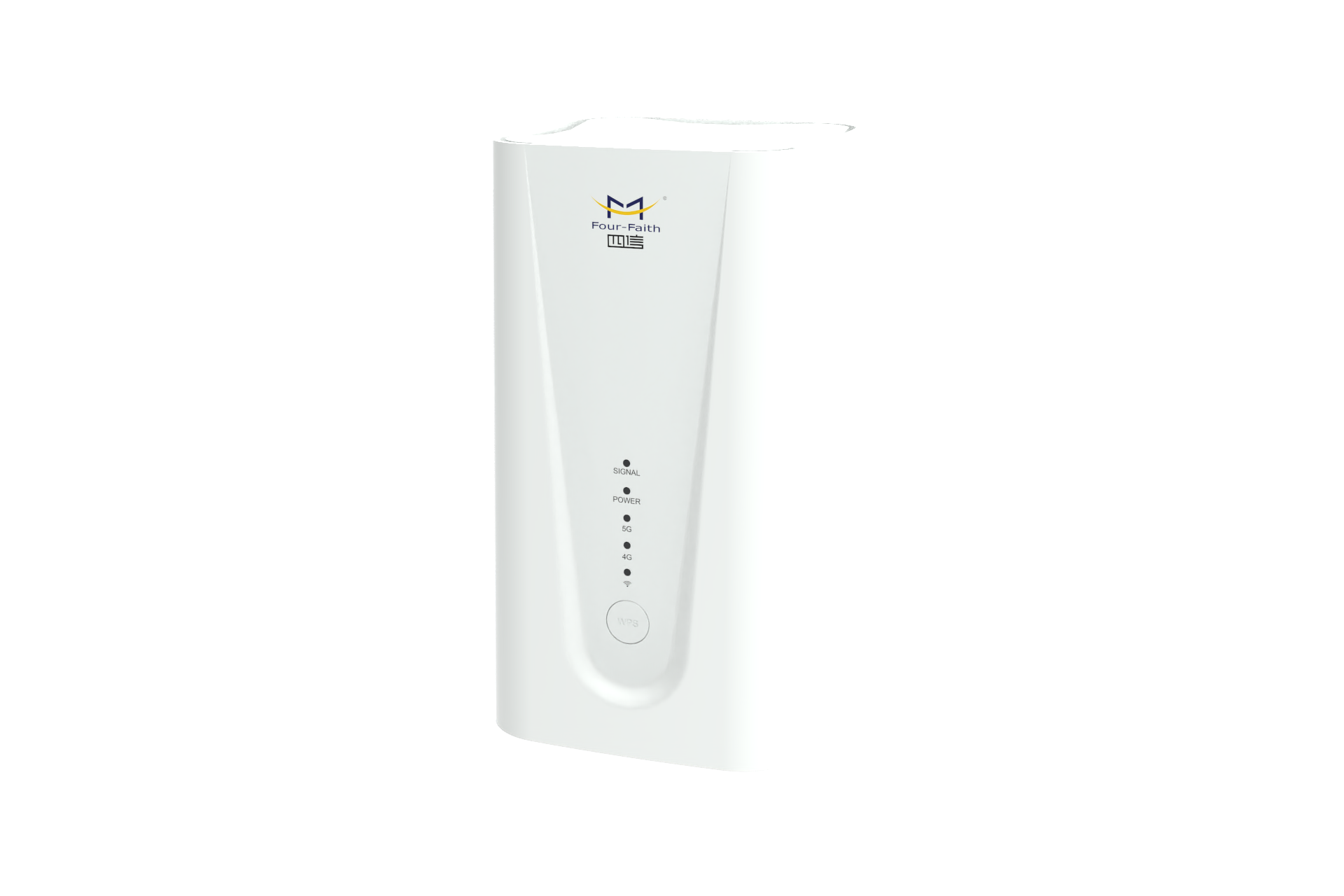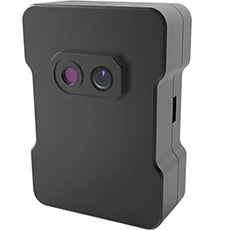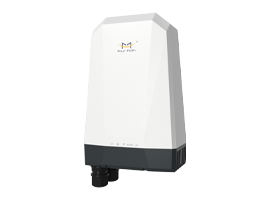To understanding whether industrial router is up to par or knowing what kinds of industrial router is suitable to use according to the requirements. So, what are the important factors when it comes to router performance? Here’s a breakdown of the main protocols, speeds, other specs, and what you need to know.
1) Antennas: Number of antennas
Why it matters:
How many antennas does it take to get a good signal? Do you need antennas at all? Whether you can see them or not, all Wi-Fi routers have a transmit and a receive antenna, which is used to communicate wirelessly with your devices — from your laptops and smartphones to your new smart thermometer.
How to choose:
Intuitively, it makes sense that more antennas on a industrial router correlate with better signal directionality and optimum speeds. This is true, to an extent. Multiple antennas create several streams for sharing data over radio channels, which brings more bandwidth to your devices. However, additional external antennas aren’t necessarily important — the software that drives the antennas is what matters. When purchasing a industrial router, think less about the number of antennas and more about added functionality. Specs like MIMO and MU-MIMO increase a industrial router’s capacity to transmit and receive data, which makes your network faster.
2) Frequency channels
Why it matters:
Single, dual, and tri-band refers to the frequency channels of a industrial router. Single-band routers operate at a lower frequency — on the 2.4GHz band — which has fewer channels and is, therefore, more crowded. Most household appliances — such as your microwave, cordless phone, Bluetooth devices — also operate on this frequency. Dual-band routers support both 2.4GHz and 5GHz frequencies. The 5GHz band can transmit more data at higher speeds but has a hard time rooting around walls and furniture and can’t travel as far. Tri-band routers support the third band on the 5GHz channel, 5.8GHz.
How to choose:
Whether your internet activity is limited to checking a few emails and scrolling through Facebook or you’re one of the 75 million Netflix power-streamers, dual-band is your best bet. By utilizing both the 2.4GHz and 5GHz channels, a dual-band router provides better speed and coverage, which is what matters most for great WiFi everywhere in your home. While tri-band routers may seem tempting, due to the limitations of the 5GHz band, you’ll only see minimal improvement in device performance. As technology continues to improve, this will change in the future.
3) Wireless standard: The ABCs of 802.11
Why it matters:
Whether they’re called protocols, standards, or specs, the terms around wireless internet compatibility are probably the most confusing and unfamiliar variables on a industrial router. There’s 802.11a, 802.11b, 802.11g, 802.11n, and 802.11ac — because we all love alphanumeric names, right? 802.11ac and 802.11n are the standards you’ll find on most current routers, and the “a,” “b,” and, “g” standards are older and considered out of date.
How to choose:
While some households can operate successfully on 802.11n, most consumers should use the newest standard, 802.11ac. This standard is faster and transmits more data since it utilizes both the 5GHz and 2.4GHz bands. The downside is you need to be close to your router to use both channels — otherwise, the router automatically defaults back to using only the 2.4GHz band. To get WiFi in every room, not just next to your router, consider a home WiFi system. Instead of relying on one industrial router, multiple 802.11ac access points throughout your home connect in a mesh network. This way you’re always close to one and have a strong, stable connection.
4) Speed: fast speed transmission
Why it matters:
Industrial routers have all sorts of speeds listed on their packaging — from 8Mbps (megabits per second) to 1900Mbps. In theory, the higher the number, the faster your internet speed — but don’t get too caught up here. When comparing routers, you’ll likely see labels touting AC1200, AC1750, AC 3200, and so on. The “AC” refers to the wireless standard, while the number refers to the speed. For example, a industrial router with a maximum link rate of 450Mbps on the 2.4GHz band and 1,300Mbps on the 5GHz band is considered an AC1750 industrial router. But no individual client device, like your Apple TV, uses all that bandwidth at the same time, and each device can only use one brand or the other. Plus, for normal WiFi usage you only really need 50Mbps down consistently throughout your home.
How to choose:
It’s important to note that the speeds advertised on most traditional router packaging are theoretical maximums. The actual speeds you’ll see in your home depend on a variety of factors: your ISP connection, your modem, the layout, and construction of your home, and much more. To choose a speed, consider your internet activity: for the average internet user, AC1200 industrial routers are usually sufficient.
5) Security: WEP, WPA, and WPA2
Why it matters:
Industrial router security is king when it comes to keeping the information on your network safe. The key acronyms to know when buying a new router are WEP, WPA, and WPA2. All three are WiFi-protected access protocols, which encrypt your network and require that outside device — and hackers — have a “key” to gain access.
How to choose:
WEP is considered outdated and a piece of cake for any basic computer hacker to crack. WPA is better and more secure than WEP, but most experts and service providers recommend WPA2 security. Luckily, most modern routers are equipped with this protocol but double-check for this when making your decision.




